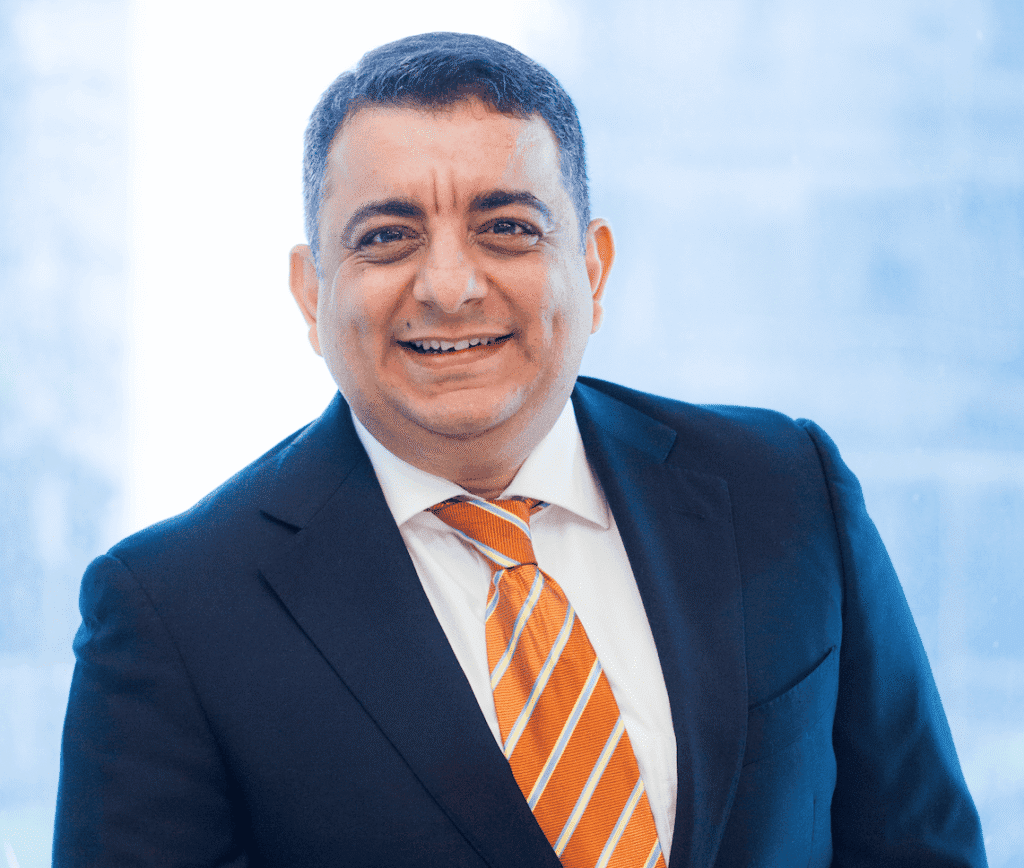India’s export aspirations are entering a new era. World Bank economist suggests only a strategic mix of trade agreements and domestic reforms holds the key to sharply improving the nation’s manufacturing and export competitiveness. But for Chief Financial Officers (CFOs) and their teams, it is accompanied by complexity, keeping pace with constantly changing compliance standards, tariff fluctuations, and international supply chain threats in real time.
Also read: AI Without Assurance? India’s Growth Hinges on Getting It Right
Against the backdrop of these changes, Indian CFOs are embracing artificial intelligence (AI) as more than a buzzword, but rather as a pragmatic catalyst of agility, foresight, and operational transformation. Across sectors, AI-powered finance and commerce solutions are assisting leaders in avoiding risks, anticipating changes in markets, and re-engineering cross-border operations for the future.
Avoiding risks and errors before they become costly
In international trade, one misclassification, shipping mistake, or compliance lapse can initiate expensive delays or penalties, occasionally up to 10–15% of shipment value. Prevention is now the first line of defense for CFOs. Platforms powered by AI now automatically identifies inconsistencies in trade documents, shipping information, and tariff numbers prior to reaching regulators. Compliance auditing software and digital verification systems for tax payments are reducing human intervention, particularly in industries such as pharmaceuticals and electronics with a highly regulated environment.
In addition to trade compliance, CFOs are integrating AI into finance and treasury systems to identify fraud and anomalies in real-time. With machine learning algorithms constantly examining payment habits, supplier histories, and transaction data to immediately flag anomalies, giving CFOs a keen control vision and preventing reputational and financial damage.
From reactive to real-time foresight
With changing conditions of trade, CFOs must foresee and then respond. Predictive analytics through AI and scenario modeling are now a necessity to this transformation. With “what-if” simulations, CFOs are now assessing the financial fallout of potential disruptions, e.g., surprise tariff increases, currency fluctuations, or port congestion, and plan accordingly. These findings drive better treasury decisions ranging from foreign exchange exposures to tax liability forecasting and liquidity optimization by region.
Machine learning algorithms built on decades of supply chain and trade history allow CFOs to identify early warning indicators of bottlenecks or changes in demand. This leads to a more agile enterprise able to hedge against volatility and capitalize on new opportunities. This foresight is a fundamental shift in CFO practice from looking back at the past to projecting forward that drives all dimensions of cross-border trade strategy.
Reimagining the future of cross-border operations
The most advanced CFOs are no longer content with incremental efficiency. They’re using AI to completely reimagine how trade and finance workflows operate. AI agents can now autonomously generate trade documents, validate invoices, and even process cross-border payments, reducing manual workloads by up to 60%. These systems operate around the clock, resolving exceptions, learning from every transaction, and continuously refining their performance.
In companies where these agentic systems are live, customs hold rates have decreased by as much as 35%, while on-time delivery has increased by 20%. These results are redefining competitiveness — demonstrating that the automation of trade processes can lead to direct customer satisfaction and margin gain.
India’s sectoral momentum and challenges
India’s adoption of AI for cross-border trade is gaining momentum in its major export-oriented industries like steel, textiles, pharma, automotive, and chemicals. Every vertical comes with specific challenges, ranging from volatile commodity prices to high-quality standards, and CFOs are increasingly leveraging industry-specific AI models to overcome them.
However, India’s policy environment is in flux. Continuous tariff reforms, unstable FX rates, and fluctuating global supply chains. These pressures necessitate CFOs to integrate technology with policy acumen. Those who can integrate AI profoundly within decision-making are more likely to leverage these external transformations into strategic gains.
Road ahead
India’s CFOs no longer see AI merely as a back-office productivity tool. It is now a boardroom necessity that increases transparency, accelerates decision-making, and enhances resilience across borders.
The most effective leaders are those with a balance of financial insight and technological foresight, using AI not only to respond more quickly but to foresee change and drive transformation. CFOs who embrace the Prevent, Predict, Transform model in the next stage of India’s export growth will create a new paradigm of smart trade.

The article has been written by Sunil Kharbanda, Co-founder and COO, Trezix









